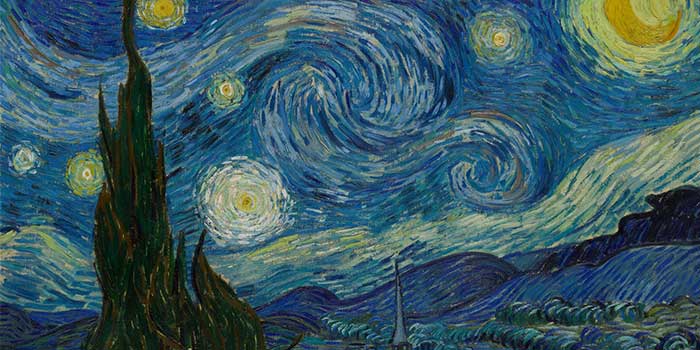[ad_1]
The idea of watercolor painting is simple – get the paint on the paper! It’s how you get it on the paper that matters.
There are only three ways to paint watercolors, called washes. You can paint with a dry brush on dry paper. You can paint with a wet brush on dry paper. Or you can wet both the brush and the paper and let the paint flow everywhere!
People splatter paint from brushes, drop paint on the paper and squirt paint on with straws. All these novelty methods still falls in one of those three categories. It helps to know which type of wash you want to get the effect you want.
A dry brush on dry paper is used for a rough texture. It’s pretty much pointless to try to dry brush on a slick or hot press paper since it uses the paper’s texture for the effect to work. Dry brush’s optimal paper is rough textured so the paint only falls on the high points. Think the cragginess of a gnarled oak tree, the roughness of a brick wall or the tiny wisps of clouds trailing in the sky. Don’t overuse dry brush for texture, just use it to emphasize a few areas. If you use it all over a painting, you’ll lose the contrast between a wetter wash and the dry brush.
I use the wet brush on dry paper wash the most since it results in some beautiful anarchy – in a controlled area. You can choose just two or three colors and let them flow spontaneously together in one area. You don’t lose your white paper everywhere and you can keep your values under control. To me, this is the most basic type of wash. I use it for almost everything.
The third type of watercolor wash, wet brush on wet paper, can be wetting an entire sheet of paper and letting the paint flow around it. You can just wet a small area of your painting and let the paint flow only in that area. Think of backgrounds for a floral study, all the colors of a sunset merging into one another or the reflection of autumn leaves in a quiet lake.
In every painting you do, you should use all three of these washes. But the type of wash you use on most of the painting sets the painting’s mood. Think of a forest scene painted three-quarters of the way with each type of wash.
A dry brush on dry paper wash makes a beautifully textured scene. There would be great details of squirrels and birds. Every leaf would appear in sharp focus. The value pattern would be scattered, little bits of light and dark all over the painting.
A wet brush on dry brush wash has a bolder value pattern but not nearly so much detail. Edges blur in and out of focus and there would be areas of deep shadow with no light showing. Some areas have precise details while others have no detail at all.
The whole forest blurs in fog in a wet brush on wet paper wash. The value pattern could be strong but would not be sharply delineated between light and dark. The mood would be misty colors merging into deep shadows. Little detail would be seen in the hazy washes.
Look at what you’re painting carefully and decide which wash works best where. Your painting will have a combination of all three techniques but weighted toward one type of wash. Knowing which watercolor wash to choose will help your paintings immensely.
[ad_2]
Source



